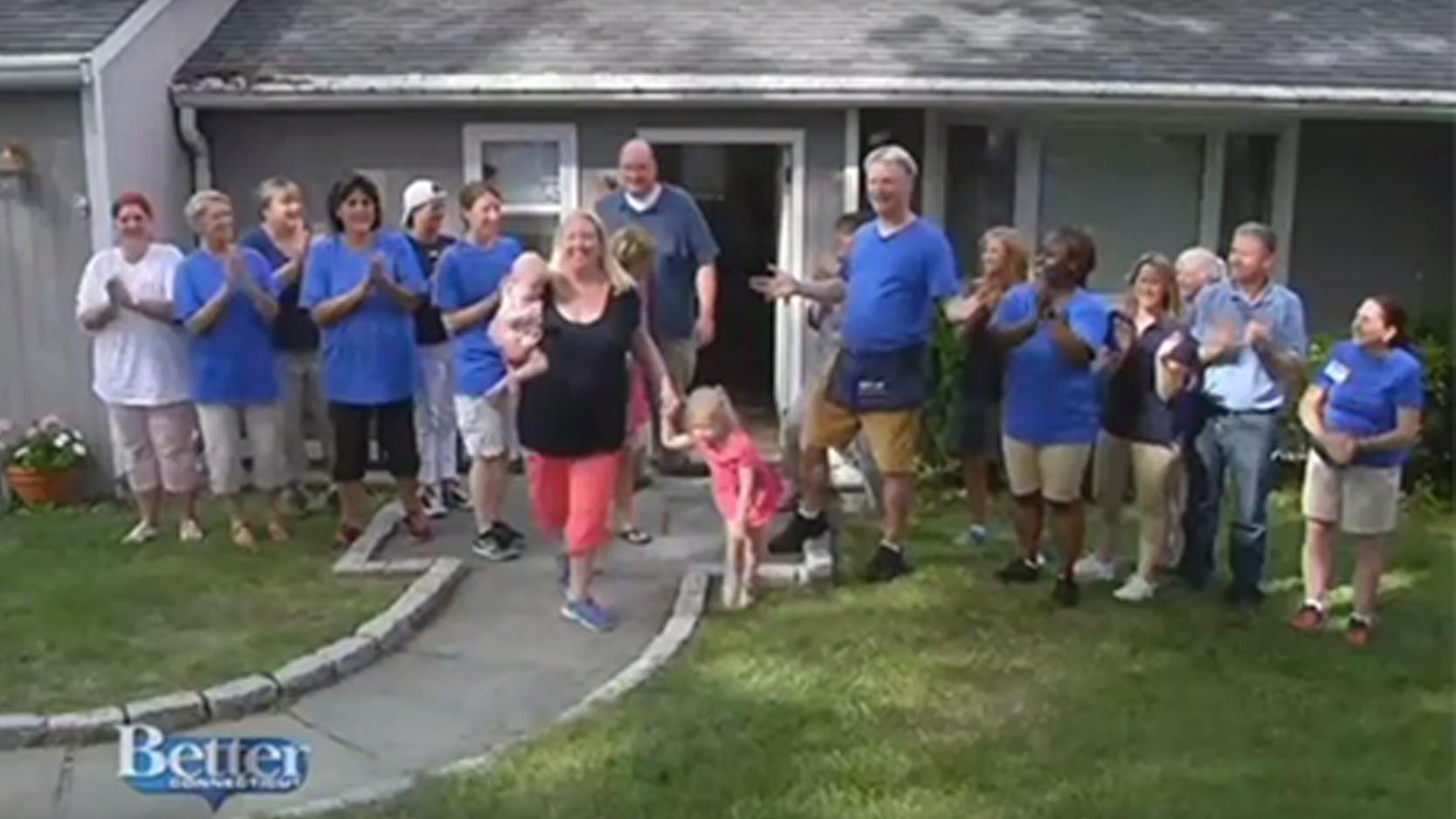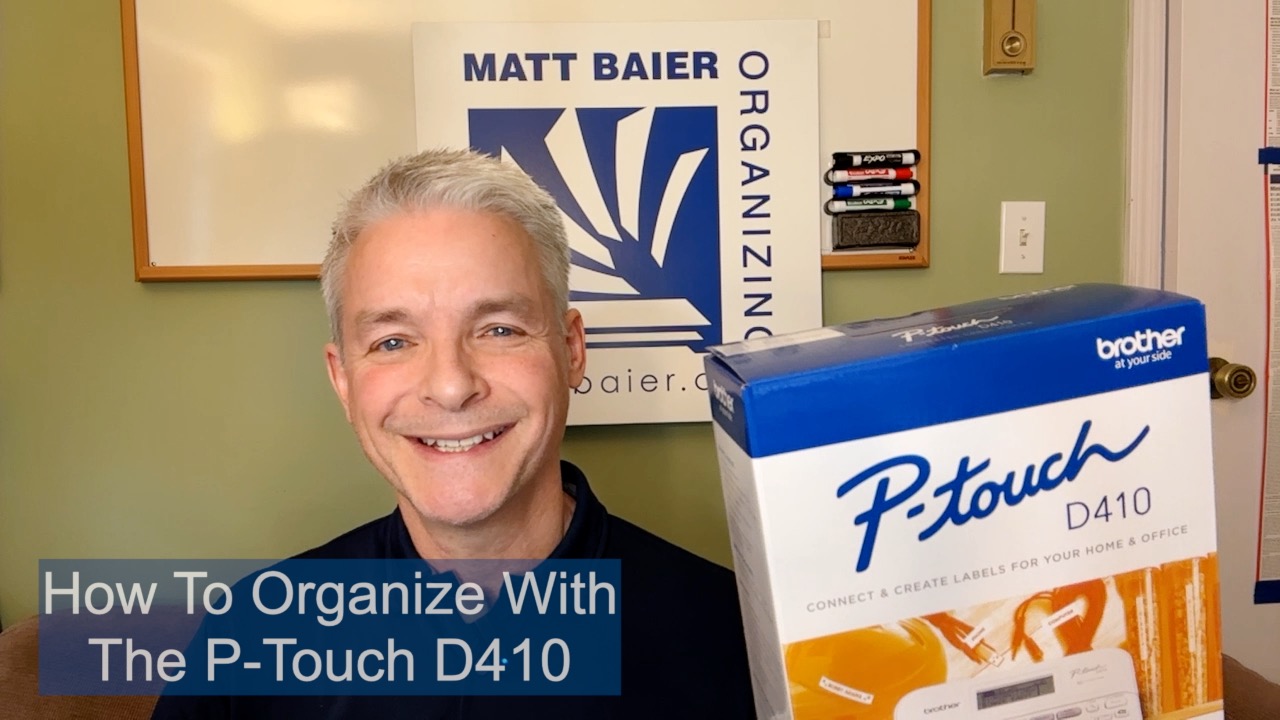NAPO-CT Set To Sell Contest Makeover
Watch this major transformation unfold!
As I noted in my last blog, moving is one of the most stressful life events there are. Being organized about it, can significantly reduce that stress, but there’s a lot to it. In this second of five blogs on the subject of moving, I focus on our specialty: decluttering.
1. Get a floor plan
If you happen to know where you are moving to and a floor plan is available, then by all means get one. This is particularly important if you are downsizing, so you can know how much of your furniture and other belongings will fit in your new home. A floor plan will help take the guess work out of what to keep and make the decluttering process easier.
2. Clarify priorities up front
Before you start arbitrarily filling up trash bags, it’s a good idea to meet with all of those involved with decluttering for the move, preferably all together. This may include your realtor, family members, a professional organizer, a move manager, and a stager. Each move will have a different situation. You may be ready to let go of all your old furniture and buy new furniture in your new home, but your clothes need a special sorting. Or maybe you feel overwhelmed and realize you need to schedule extra help, to empty your home by the end of the month. Whatever the case may be, get on the same page with all parties involved and clarify priorities, before you begin decluttering.
3. Start with the garage
Wherever possible, I like to start with decluttering the garage. There tends to be a lot of quick wins in the garage, that is, items that you can make quick decisions to keep or quick decisions to toss or donate. Maybe you have been meaning to repair, return, or reassign these items for years, but now you are moving and push has come to shove. After you have quickly discarded these items, you have a generous open space reserved for exit zones.
4. Establish Exit zones
Exit zones include toss, donate, sell, and give-to. Give-to is different from donate, because these are items for which you have someone specific in mind, as opposed to a general donation. Once you have these exit zones established in the garage, then you can more easily drain the excess items from the rest of the house, whereas if you start decluttering inside your home first, then your excess stuff has nowhere to be collected.
5. Avoid outside storage
Outside storage should be used as a last resort. Stuff that goes into storage tends to stay in storage and over time it can get very costly. Moving is a wonderful opportunity to reassess the priorities in your life and make a fresh start. If you don’t absolutely love something that doesn’t fit into your new home, why pay to store it month after month, when you can sell or donate it now? If your situation is truly temporary, that’s one thing, but don’t store something for the wrong reasons. It’s hard to justify the expense.
6. Stuff for the kids
When helping folks declutter their homes, we often see a lot of their children’s stuff still there and they may have moved out decades ago. We generally find two things. First, the parents care more about the children’s stuff than the children do. Second, the parents complain that they have told their children to go through their stuff on several occasions, but they just won’t do it. My recommendation is to just extract the keepsakes, which usually amount to a box or two and bring them downstairs for the next visit or take a photo and email it. If there’s any interest, ask them to take it or establish a deadline for them to take it and let them know you are donating their old clothes and tossing their old school notebooks. Focusing the review on a couple boxes of keepsakes makes it much more likely than asking a child to go through his whole room or up to the attic on his or her rare visit.
7. Don’t ask Where, ask Why
As you are going through all your stuff in your home, you might find yourself asking “where is this going to go, in my new home.” Whenever you find yourself asking WHERE something should go, turn it around and ask WHY you are keeping it, because you can keep the same thing for several different reasons. Let’s take books, for example. Books you want to make a point of reading need to go to a reading area; books that are useful reference need to be readily findable on a book shelf; you may keep books purely for sentimental reasons, but they can be stored more remotely; you may keep books because they are collectible and valuable, then it’s all about condition. They need to be stored out of the light, to retain their value. When you take this approach, it is a lot easier to extract those books, that don’t have a good “why” and sell or donate them.
8. Regret Free process
When a toss-it spouse works with a keep-it spouse, I highly recommend what I call a regret-free process. What this means is, if you are reviewing your stuff and you come across an item that makes you say “I know I should be getting rid of stuff, but I just don’t know if I’m ready to get rid of this yet.” We say, then don’t. That’s right. When in doubt, don’t throw it out. Simply, identify why you are keeping it—decor, keepsake, gift, etc— and keep going with the easier decisions. The reason for this, is that nothing slows the process down faster than having regrets. This won’t be the last opportunity in your life to declutter, so you don’t have to make the perfect decision. Furthermore, when you do return to that item you will have made progress, because now it is kept with other like items. Context drives decisions. What’s most important in the decluttering process is momentum and regrets break that momentum. Momentum trumps perfection. Both spouses should sign off on this approach from the beginning. Trust me, you will make more progress and avoid more fights.
OK, that was a long post, but that’s because we do this a lot and I have a lot to say on the subject. If you want to hear more, on decluttering and downsizing, I will be joined by my colleagues from FOCUS for our presentation FOCUS on Downsizing, tomorrow, Wednesday, September 14, 7:00-8:30pm at the Westport Library.
Please Share With Your Community
















